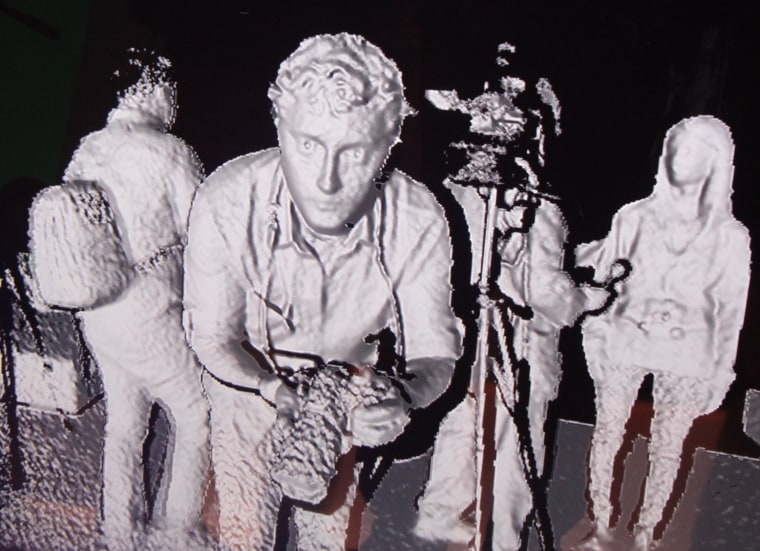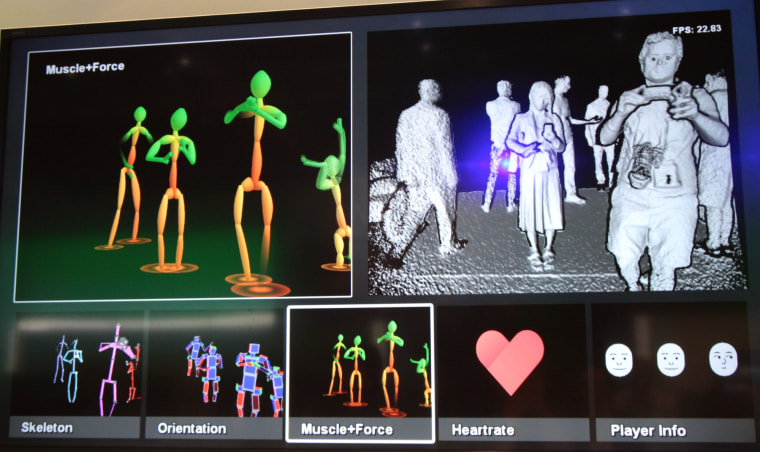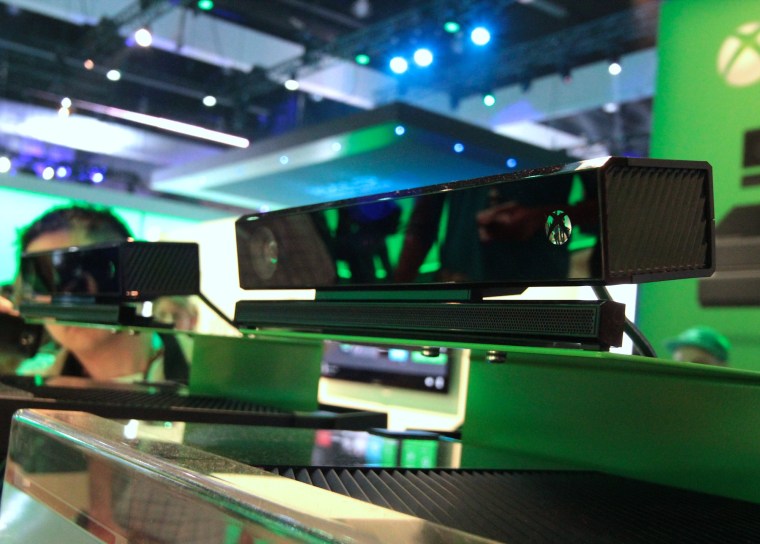
Having spent time with Microsoft's new Kinect sensor on the Xbox One, I am massively impressed — and thoroughly creeped out. The device is everything the company boasted and more, and the idea of that all-seeing eye watching me at all times is enough to make me question whether I actually want one in my living room.
As Microsoft explained when it was announced, the Kinect uses a new method of sensing depth called "time of flight." This technology, usually found in labs, fires out photons and measures when and how they come back. It's a bit like doing echolocation with light, and it works extremely well.
How well? Take a good look at these images:

The level of detail is incredible, especially compared with the laggy, inexact original Kinect. This thing could recognize your face if it needs to using its traditional camera, but it can also analyze the shape of your nose, the style of your hair, or a favorite accessory like a watch or hat.
Not only that, it can see you in low light — or no light at all, using built-in infra-red — and is constantly monitoring your face to see if you're happy, engaged, talking or looking at it. The sensor array can even detect your heart rate. Its accuracy isn't known yet — don't go hooking a life support system up to it just yet — but biometrics can be used to build more vivid games.
Microsoft also demonstrated something called a "third thumbstick": A virtual control actuated by the general tilt of your body. That's right: remember leaning into a long jump in "Super Mario Bros.," or jerking the controller to the side when dodging an incoming fireball? Now those involuntary movements may actually affect gameplay.

And why stop there? What about a game that makes itself more difficult if you look bored? Or throws in a scare when your heart rate suggests you're relaxed? Or extends a moving death scene until it detects your tears? Or reports suspicious couch activity to your parents? The possibilities are endless — and that's why it's so unnerving.

With a Kinect coming with every Xbox One, it seems inevitable that millions of gamers will soon have one of the world's most sophisticated imaging devices eavesdropping on every conversation and tracking every person who enters the room with pinpoint accuracy.
Sure, it's just in case somebody says "Xbox, next track" or sits down with a controller to play a game, but that's little comfort to the paranoid — or the merely privacy-conscious. And considering recent events, there are probably more than ever of both.
Devin Coldewey is a contributing writer for NBC News Digital. His personal website is coldewey.cc.